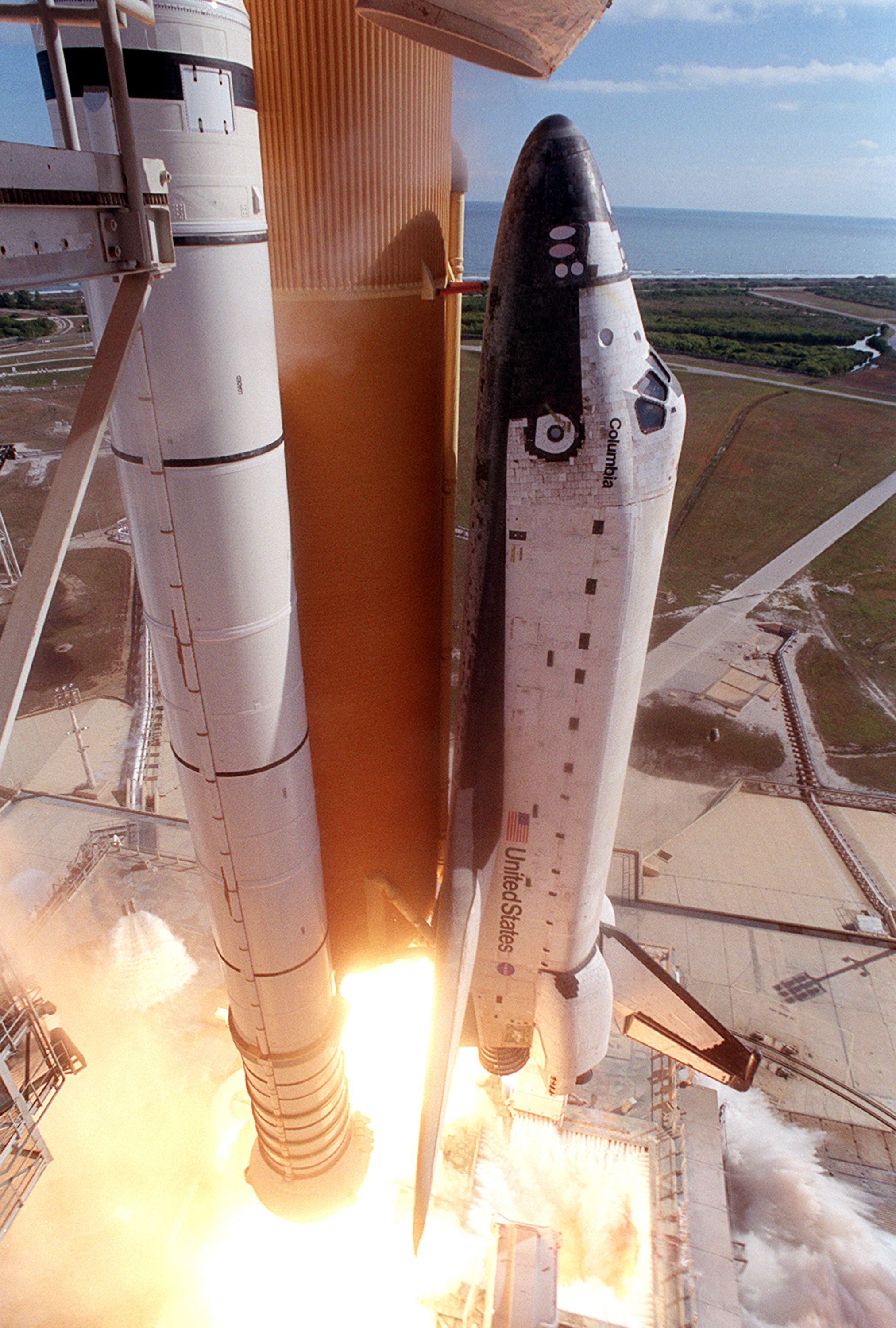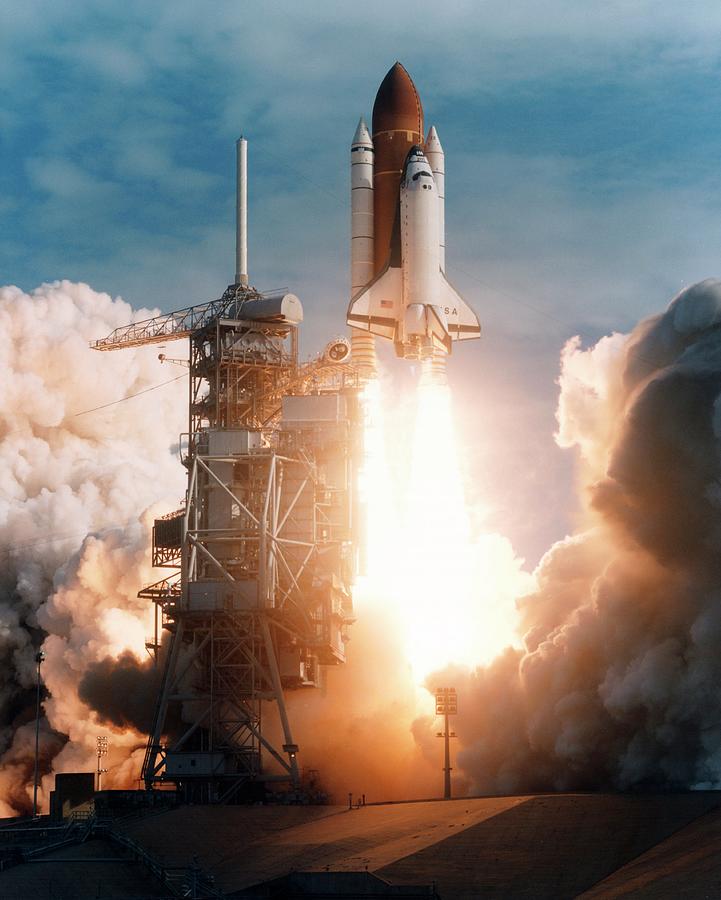

It is perhaps because of this long history of earlier damage that didn’t appear to effect flight safety, that NASA ‘rationalised the danger’ and operated on the principle that ‘nothing bad has happened yet’. Foam debris was seen as maintenance or turnaround issue, rather than flight safety issue. ĭamage from foam debris was seen on 79 of 113 Shuttle flights from 1981 to 2003 and yet Shuttles continued to arrive home safely.

For example, when further imaging of the Columbia was requested by technical staff, managers asked “ Who’s requesting the photos?” instead of assessing the merits of the request.

Engineers who voiced concerns were marginalised. Status was seen to be more important than technical expertise in NASA’s decision making and dissenting views were often ignored.

None of the warnings of potential danger moved up through the organisation to senior officials, or down to flight control. The Debris Assessment Team requested detailed photographs, but this request was not approved. Engineers continued to discuss the damage, but the discussions remained within their ‘area of expertise and level of seniority’. NASA sent a video of the take-off to the crew stating that: “ thermal analyses indicate possible localised structural damage, but no burn-through and no safety of flight issue”.ĭamage assessment meetings were held, but NASA could not provide the Columbia Accident Investigation Board (CAIB) with details on the flow of key information from these meetings and had difficulty in providing information on the relationships between departments in the space program, which had become a sprawling, compartmentalized agency. No inspection of the thermal protection system was made, nor were any contingency plans made. NASA considered it implausible that foam could cause significant damage to the wing leading edge system. NASA response during missionĪfter some discussion, the impact was declared not to be significant by NASA management. The design of the Shuttle meant that this was not a survivable event. This breach progressively melted the aluminum structure of the left wing, causing a loss of control at 10,000 mph, failure of the left wing, and finally breakup of the Shuttle. The damage caused by this impact allowed superheated air to penetrate through the leading edge insulation during re-entry. The thermal protection system on the leading edge of the wings was designed to withstand heat, not impact from debris or ice. This event was not detected by either the crew on board or the ground support teams until the next day. On January 16, 2003, at 81.7 seconds after launch, when the Shuttle was at about 65,600 feet and traveling at 1,650 mph, a large piece of hand-crafted insulating foam came off the external fuel tank, striking the leading edge of Columbiaʼs left wing. Columbia was the first space-rated Orbiter and differed slightly from C hallenger, Discovery, Atlantis, and Endeavour. This was the Space Shuttle Program’s 113th flight and Columbiaʼs 28th. On Saturday February 1, 2003, the space shuttle Columbia disintegrated during re-entry into the Earth’s atmosphere after a 17-day mission in space, with the loss of its seven-member crew. Debris from the Shuttle was scattered over 2000 square miles of east Texas. “Too often, accident investigations blame a failure only on the last step in a complex process, when a more comprehensive understanding of that process could reveal that earlier steps might be equally or even more culpable” (CAIB, 2003, p.6).


 0 kommentar(er)
0 kommentar(er)
